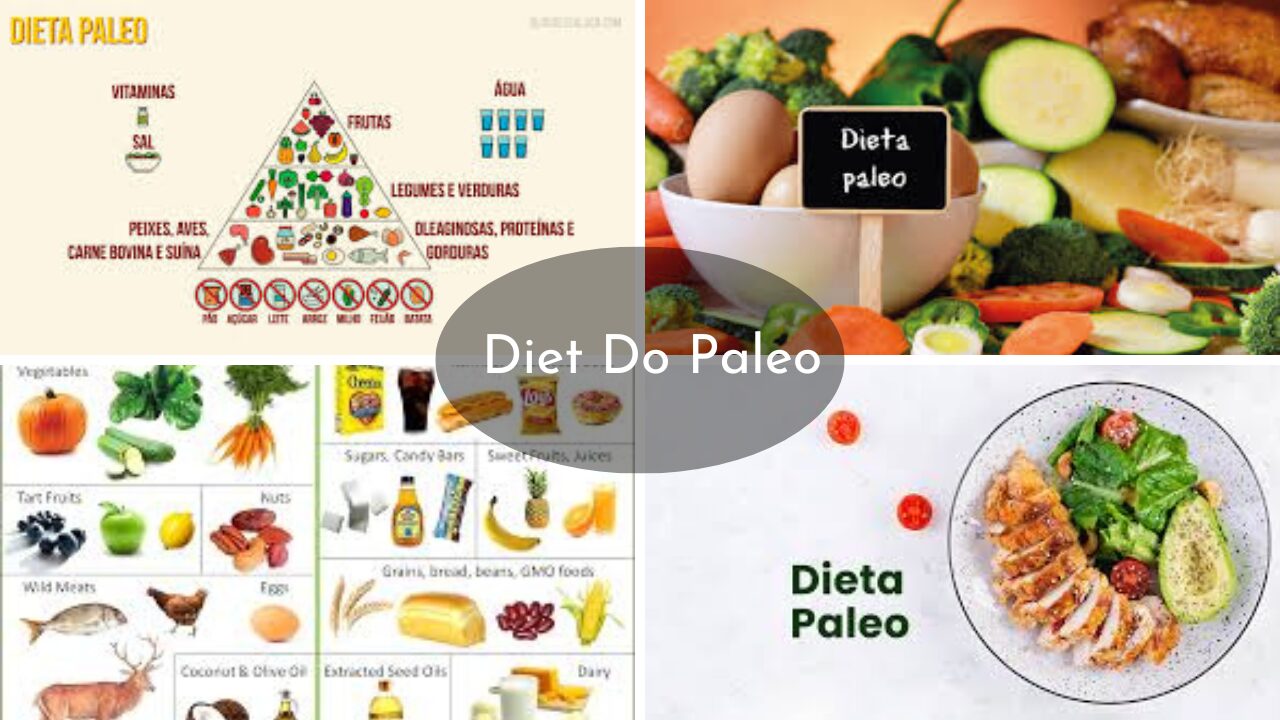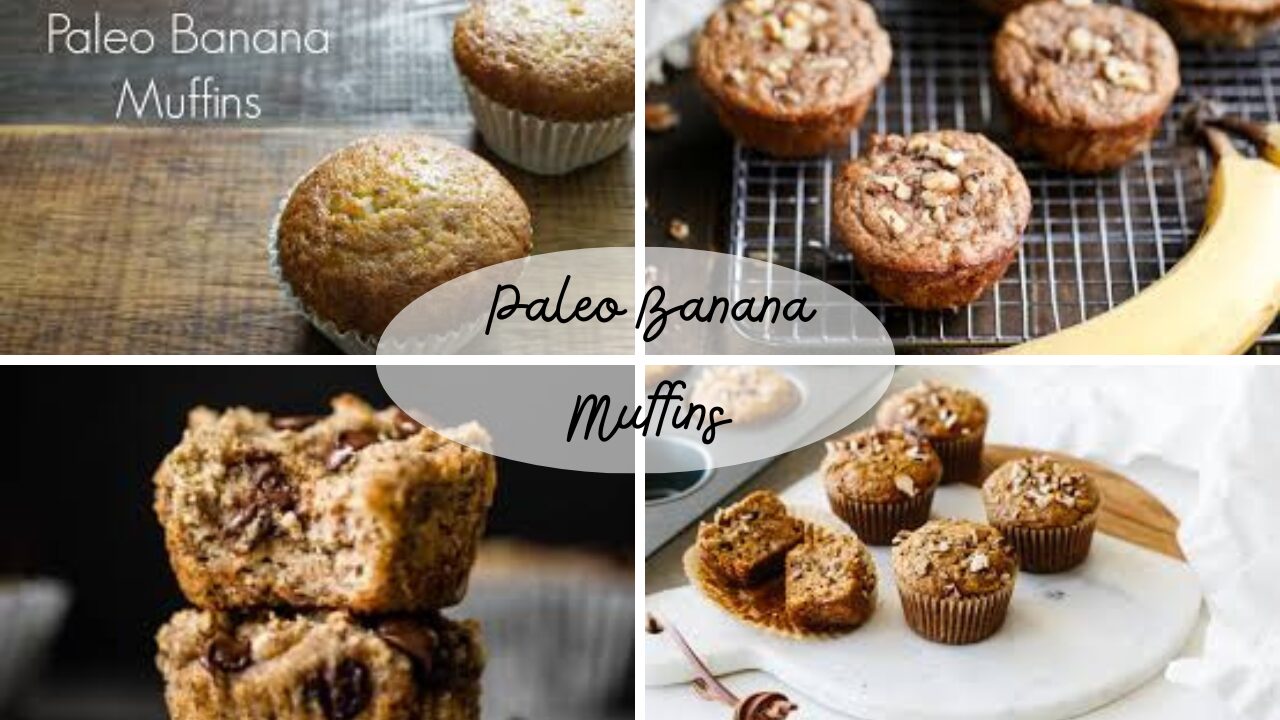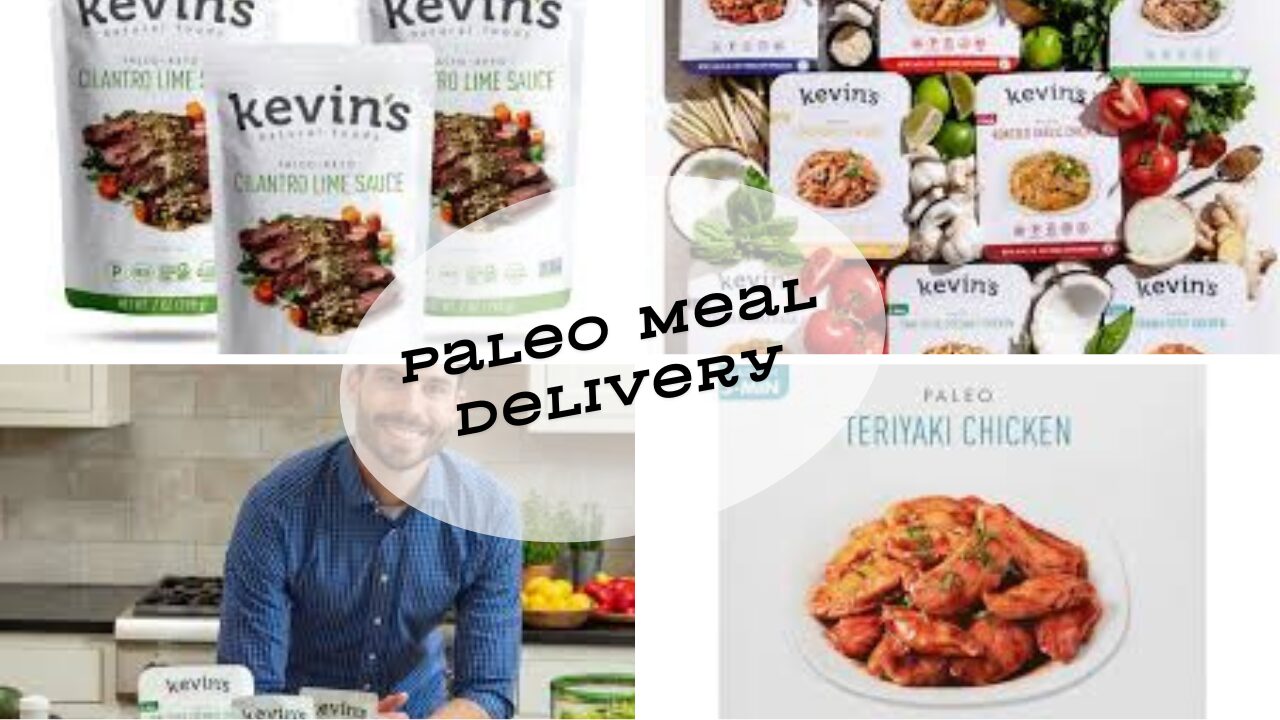Garbanzo beans, also known as chickpeas, have sparked a debate among Paleo enthusiasts. Is it compatible with the Paleo Diet, which emulates our ancestors’ Stone Age eating habits? In this article, we will delve into the nutritional value of garbanzo beans and their role in the Paleo Diet to help you make an informed decision.
What Are Garbanzo Beans?
Garbanzo beans, or chickpeas, belong to the legume family, known scientifically as Leguminosae plants, Fabaceae. Legumes are a diverse group of plants that include peas, soybeans, lentils, alfalfa, clover, lupins, and various vegetables. These legumes are not only consumed by humans but also serve as animal feed.
Garbanzo beans come in two common varieties: small green and large red. They are available in various forms, such as canned, frozen, dried, and even ground into flour, making them versatile for culinary applications.
Are Garbanzo Beans Paleo-Friendly? Debunking the Debate within the Paleo Community
The Paleo Diet, inspired by the eating habits of our Stone Age ancestors, is well-known for its exclusion of grains, dairy, sugar, and processed foods. However, when it comes to legumes, particularly garbanzo beans, the Paleo community finds itself divided on whether these nutrient-packed legumes align with the diet’s principles. Let’s delve deeper into this ongoing debate and explore the considerations surrounding the place of garbanzo beans in the Paleo lifestyle.
The Nutritional Benefits of Garbanzo Beans
Garbanzo beans are often considered one of the most nutritious legumes due to their impressive nutrient profile. They are rich in magnesium, manganese, copper, zinc, vitamin B6, folic acid, potassium, and dietary fiber. Additionally, garbanzo beans contain high levels of unsaturated fats, making them suitable for those following a Paleo diet.
Here are some of the notable health benefits of garbanzo beans:
Fiber: One cup of cooked garbanzo beans provides 8 grams of dietary fiber, promoting satiety and aiding in calorie control.
Protein: Garbanzos supply 7 grams of protein per serving and are cholesterol-free, making them beneficial for cholesterol management.
Calcium: A single cup of garbanzo beans provides 112% of the daily recommended calcium intake, supporting bone health.
Iron: Garbanzo beans offer 14% of the daily recommended iron intake, vital for blood production and oxygen transport.
Magnesium: One cup of garbanzo beans contributes 25% of the daily recommended magnesium intake, essential for muscle and nerve function.
Potassium: Garbanzo beans contain 45% of the daily recommended potassium intake, helping maintain fluid balance and muscle function.
How To Make Garbanzo Beans in 5 Easy Steps:
Garbanzo beans, also known as chickpeas, are a versatile and nutritious ingredient that can be used in a variety of dishes. Whether you’re a seasoned cook or a beginner in the kitchen, this comprehensive recipe guide will walk you through the steps to prepare garbanzo beans from scratch and create delicious meals. Let’s get started!
Ingredients: 1 cup dried garbanzo beans (chickpeas), Water for soaking and cooking, Salt (optional).
Instructions: 5 easy steps
1. Soaking: Place the dried garbanzo beans in a large bowl. Cover with water, ensuring there’s a few inches of extra water above the beans. Soak for at least 8 hours or overnight. You can also use the “quick soak” method by bringing them to a boil and letting them sit for an hour.
2. Draining and Rinsing: After soaking, drain and rinse the beans in a colander to remove excess starch and reduce gas-producing compounds.
3. Cooking: Transfer the soaked and rinsed beans to a pot. Cover with water (about 2 inches above the beans) and bring to a boil. Reduce heat to a simmer, cover, and cook for 1 to 1.5 hours or until tender. Add more water if needed during cooking.
4. Testing for Doneness: To check doneness, take a bean and cut it in half; it should be soft throughout with no chalky center. Continue cooking if necessary, checking every 10 minutes.
5. Seasoning and Storing (Optional): Once cooked, season the beans with salt to taste. Store in an airtight container in the refrigerator for up to a week or freeze for longer storage. Enjoy your homemade garbanzo beans in various dishes!
Garbanzo Beans for Weight Loss and Dieting
These legumes are a popular choice for weight management and dieting. Garbanzo beans are low in fat, rich in fiber, and a great source of protein, making them a valuable addition to weight loss plans. Studies have shown that both fiber and protein can aid in weight loss. Their versatility allows you to include them in various healthy meals, such as salads, which can add flavor and nutrition to your diet.
Final Thoughts on Are Garbanzo Beans Paleo
While the debate on whether garbanzo beans are strictly Paleo continues, they undeniably offer a plethora of health benefits. Their rich nutrient content, including fiber, protein, calcium, iron, magnesium, and potassium, makes them a versatile and nutritious addition to various diets. Whether you’re following a Paleo regimen or seeking a healthy alternative to meat, garbanzo beans can be a valuable part of your nutrition plan. Explore the many culinary possibilities and enjoy the health advantages that these legumes have to offer.
Also Read:- Low Carb Diet Plan For Weight Loss? [Fast Weight Loss?]
Neha Pant







This Post Has One Comment
Pingback: Dining Out on the Autoimmune Protocol Diet: Tips for Restaurants - Paleo By Maileo